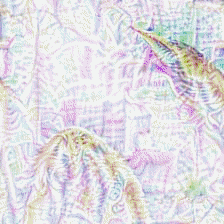Samuel, beat poet
I didn't contribute to NaNoGenMo this year: on the spur of the moment, I decided to try writing 50,000 words of fiction, rather than generating it, and blogged briefly about it at Nannygoat Hill. I didn't even get around to feeding the results into a neural net, like I …
more ...








